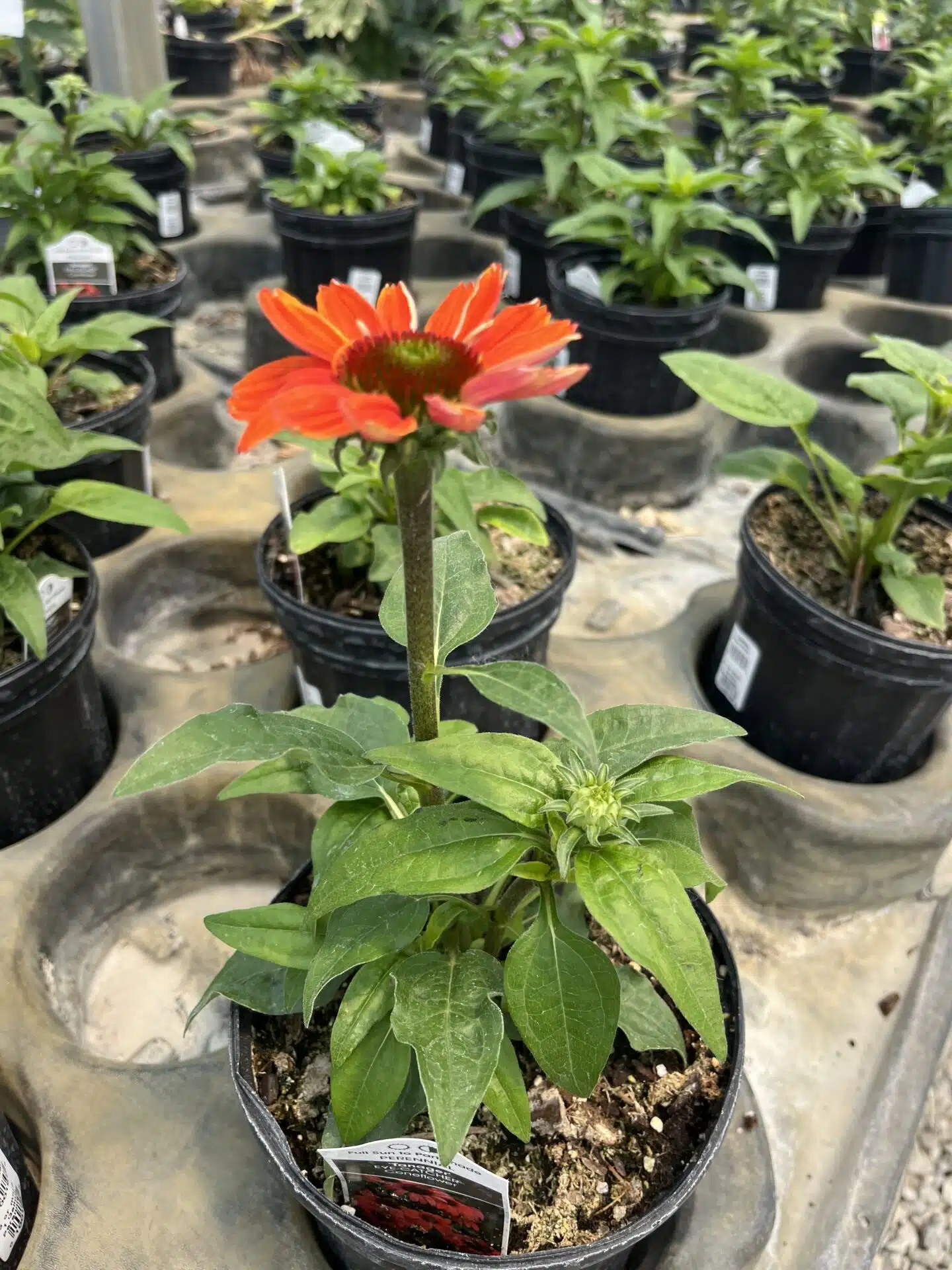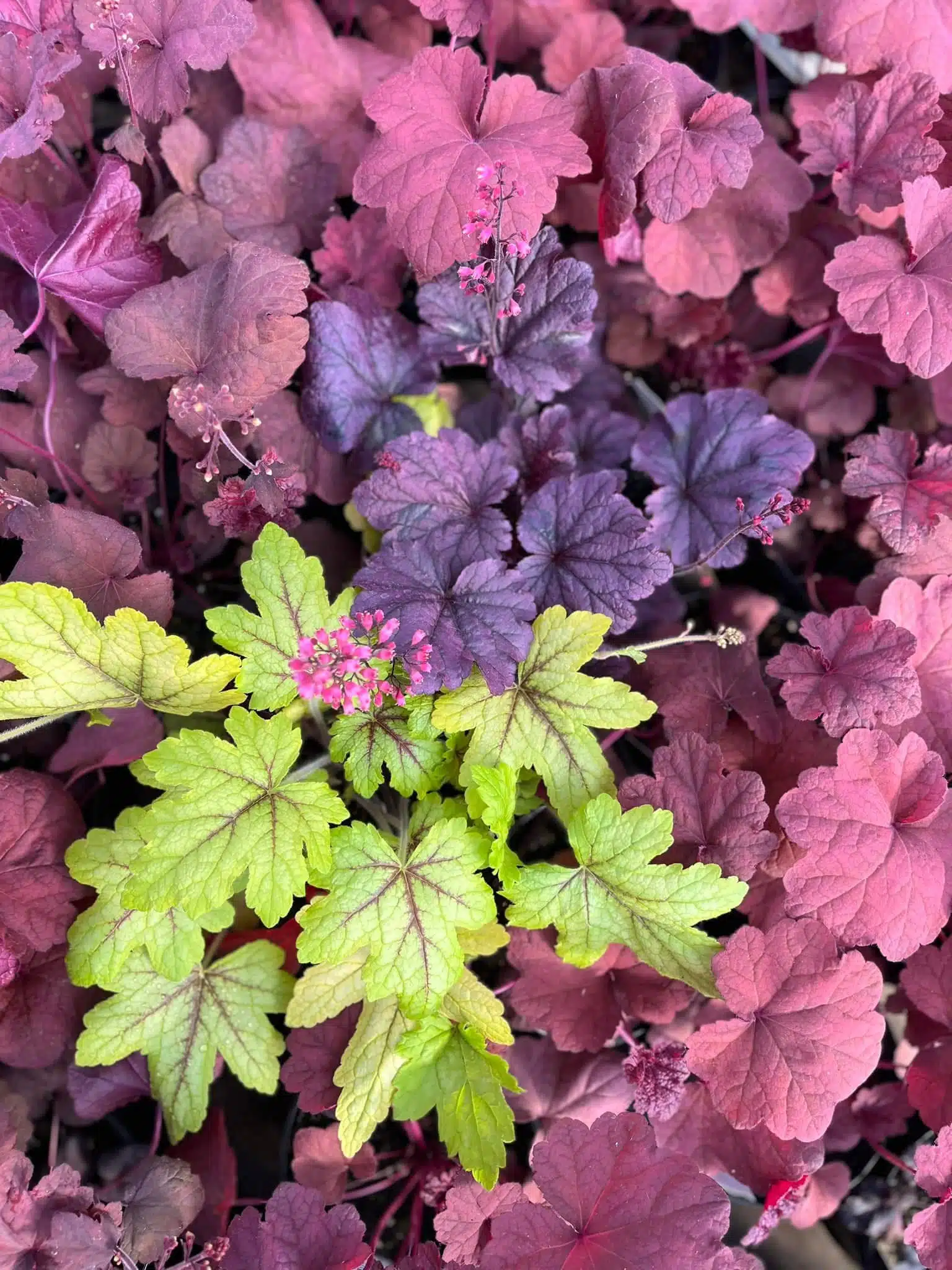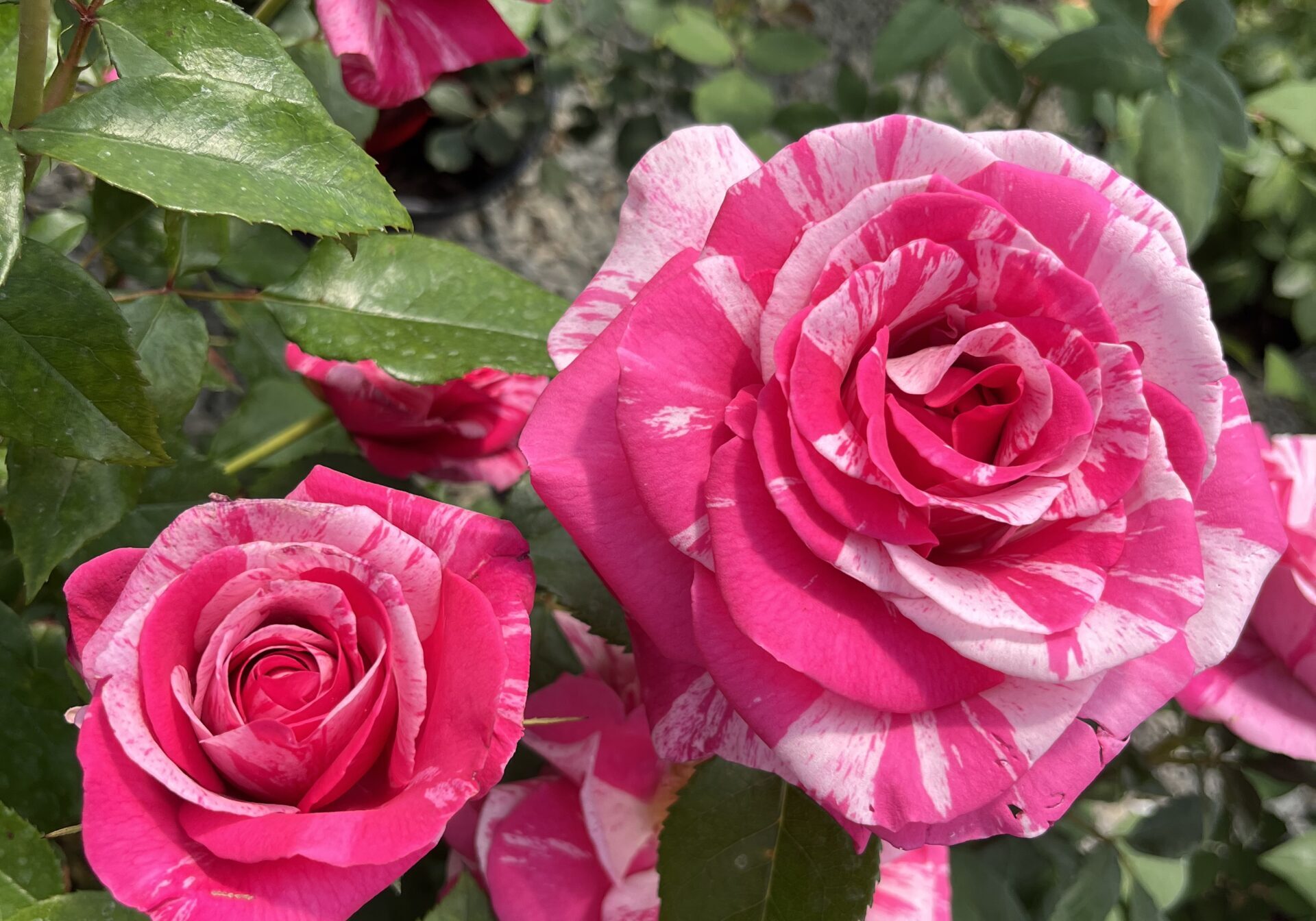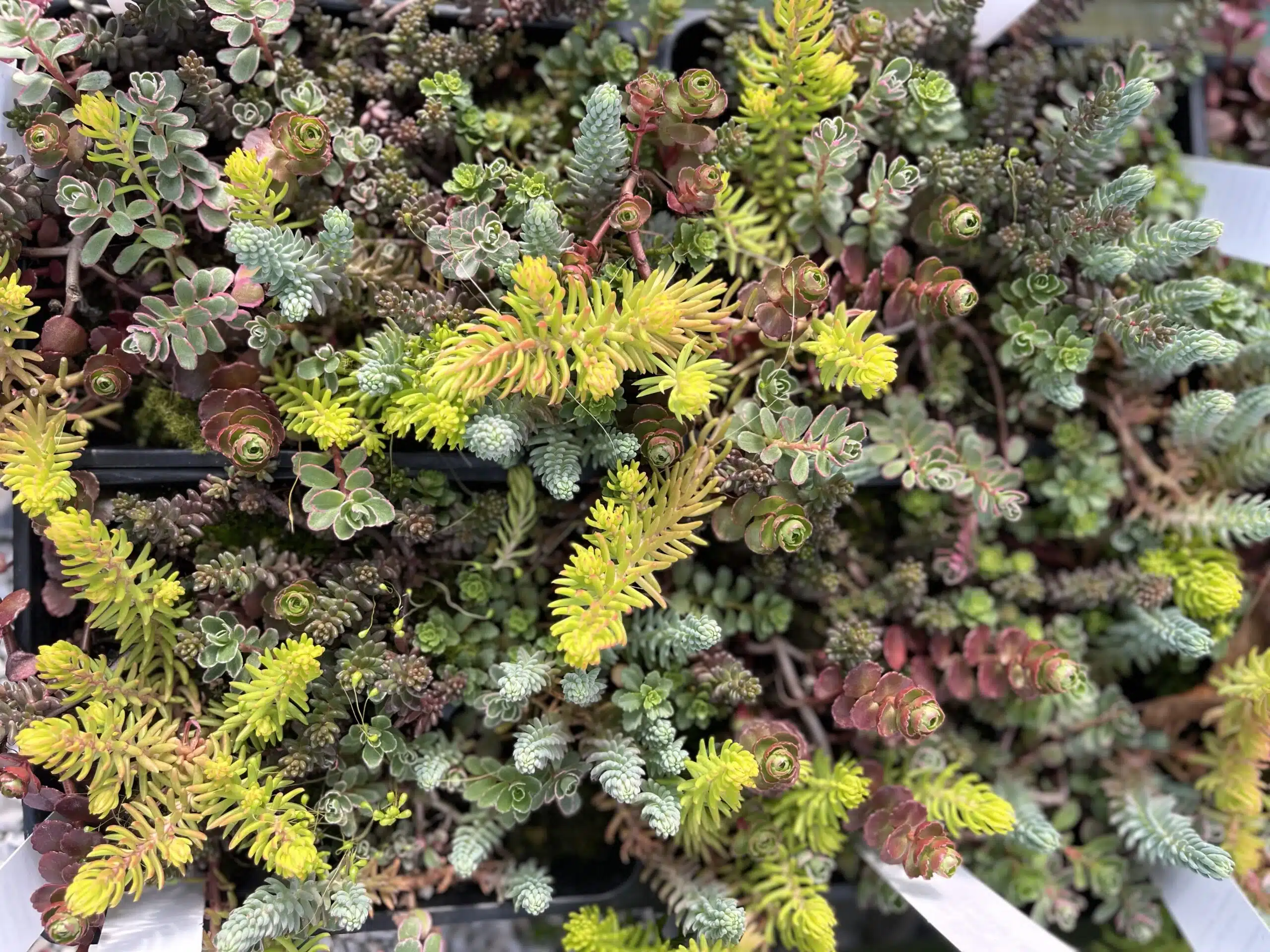Garden Investments That Return Year After Year
Perennial plants are the backbone of any sustainable garden - planted once, they return year after year, growing stronger, larger, and more beautiful with time. While they may bloom for shorter periods than annuals, perennials offer long-term value, seasonal interest, and the satisfaction of watching your garden mature and evolve. At Big John's Farm Market, we grow our perennials from small starts, nurturing them to robust, healthy plants ready to establish quickly in your garden.

What Are Perennial Plants?

Understanding the Perennial Advantage
Perennial plants live for more than two years, with their root systems surviving winter to emerge again each spring. Unlike annuals that complete their life cycle in one season, perennials focus their energy on building strong root systems and plant structure, which is why they typically bloom for shorter, more concentrated periods.
Our Growing Process
From Small Starts to Garden-Ready Plants
We grow our perennials from small starts, sometimes even from bare root divisions that arrive looking like nothing more than roots! Through our careful nurturing process in controlled greenhouse conditions, these humble beginnings develop into the robust, healthy plants you take home.


Planting & Timing
When and How to Plant Perennials
Size Options & Pricing
Choose the Right Size for Your Project
We offer perennials in two convenient sizes to fit different budgets and timelines:
Quart-Sized Pots
- Younger plants at budget-friendly prices
- Perfect for filling larger areas economically
- Great for gardeners who enjoy watching plants develop
One-Gallon Pots
- More mature plants for immediate impact
- Faster establishment
- Ideal when you want instant presence in the garden
- Better choice for focal point plantings
Volume Discount
Volume Discount: Buy 12 or more quart-sized perennials, or 3 or more gallon sized, and save approximately 50¢ per plant!
Pricing varies by plant type and size - contact us for current pricing

Perennial Varieties We Grow
Extensive Selection for Midwest Gardens
We carefully select perennials that thrive in our climate zone and provide reliable performance year after year.
Popular Categories

Expert Design Advance
Creating Beautiful Perennial Gardens
Our knowledgeable staff helps you plan perennial gardens that provide interest throughout the growing season.
What Makes Our Perennials Special
Midwest-Hardy, Garden-Ready Plants


Perennial Care Essentials

Ensuring Long-term Success
Getting Started with Perennials

Your Long-term Garden Investment
Whether you're starting a new perennial garden or adding to existing beds, we're here to help you choose the right plants for lasting beauty and success.
Planning Your Visit:
- Best Selection: Early spring (April-May) for fullest variety
- Bring: Photos of your garden areas, measurements, soil condition information
- Ask About: Sequential bloom planning, companion plantings, care requirements
Design Consultation Available: Our staff can help you plan perennial combinations that provide continuous interest, appropriate heights, and complementary colors throughout the growing season.
Volume Projects: Planning a large perennial garden? Ask about our volume discounts on quart-sized plants and one gallon sized pots.
